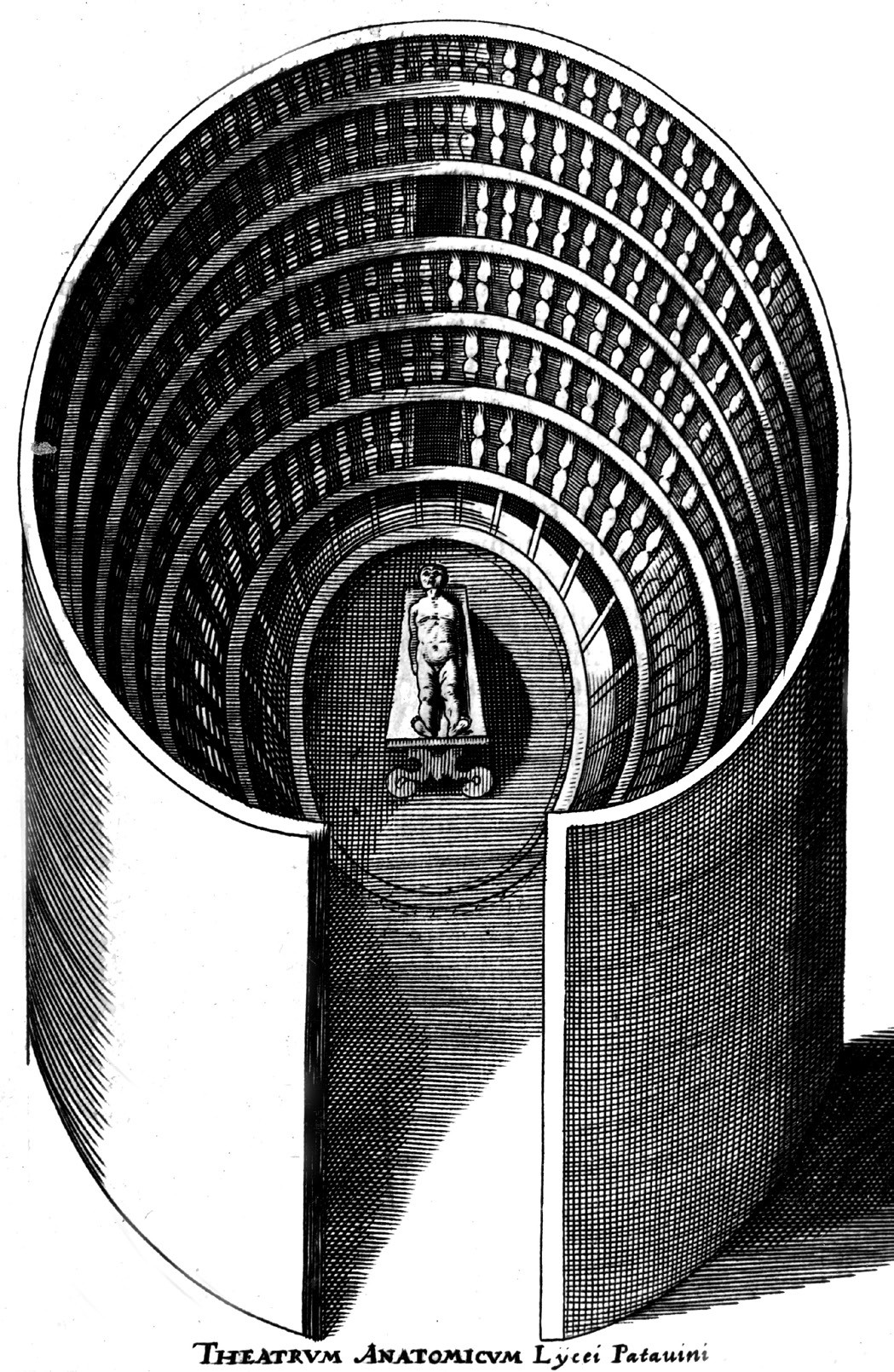
Although the term Renaissance refers to the rediscovery of Greek and Roman learning, in terms of medicine, the period was one of advancement well beyond that initial level of knowledge. The crucial fifteenth century invention of the printing press led to the more widespread availability of the work of Greek, Roman and Arabic scholars like Hippocrates, Galen and Ibn Sina. However, as the study of medicine became more accessible and more students flocked to the famous medical schools in Italy and France, some of these scholars found the courage and evidence to challenge the theories of the ancient world.
1 Study Source B and use your own knowledge. To what extent was Galen the main factor limiting the development of medicine during the Renaissance?
Your organisation does not have access to this article.
Sign up today to give your students the edge they need to achieve their best grades with subject expertise
Subscribe




